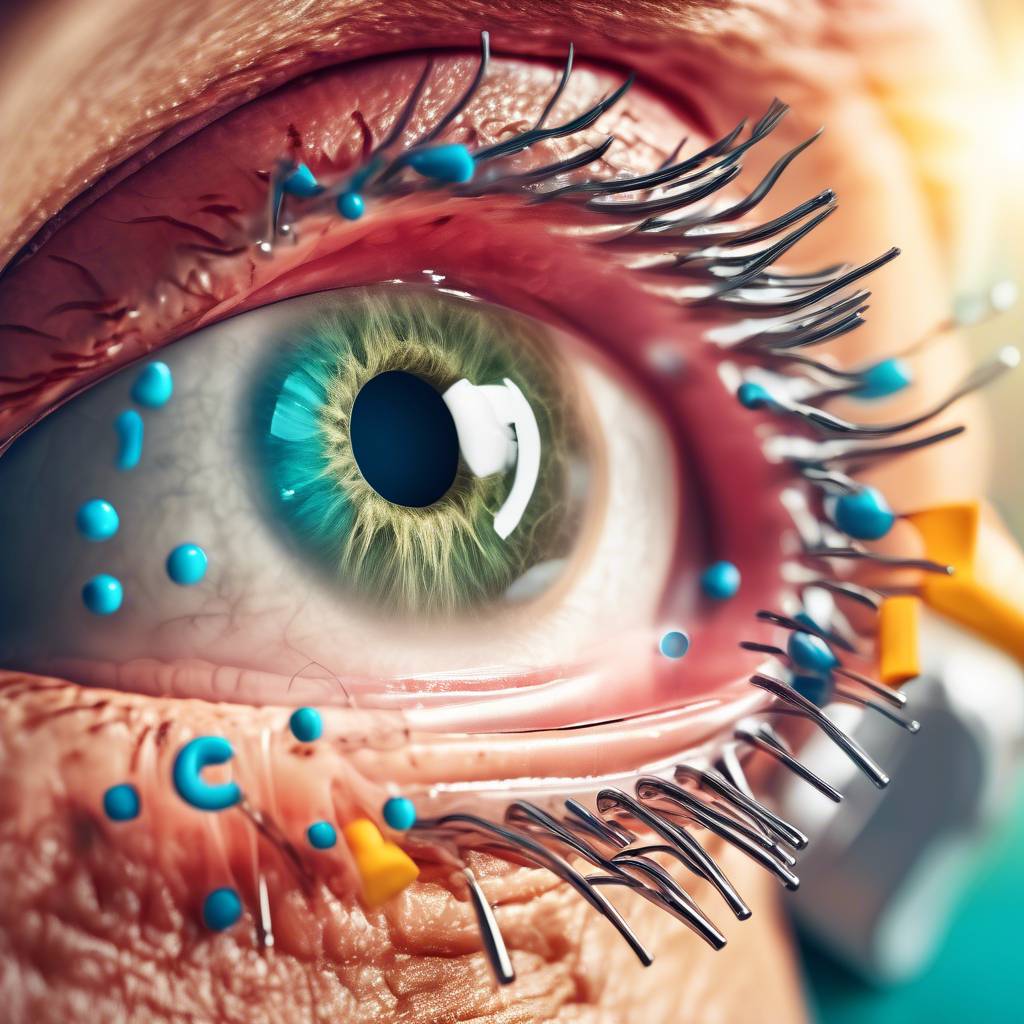The daughter of a client reached out to express concerns about the high costs of her mother’s cataract surgery, despite having a Medicare supplement and meeting her deductible. As a nursing student who once cared for cataract patients, the author reflects on the traditional post-surgery care, which required patients to stay still for three days and wear thick glasses. However, advancements have been made in cataract surgery since then.
Cataracts are a common eye condition caused by the clouding of the eye’s lens, leading to vision problems. Risk factors for cataracts include diabetes, hypertension, obesity, smoking, and alcohol consumption, and they typically affect older individuals. However, recent studies show an increase in cataracts among younger individuals due to factors such as sun exposure and prolonged screen time on electronic devices. Information on cataracts, including causes and symptoms, can be found on the National Eye Institute website.
Cataract surgery is a common outpatient procedure in the United States, with millions of surgeries performed each year. The surgery involves removing the cloudy lens and replacing it with an artificial one. Medicare Part B covers a portion of the costs, but there are out-of-pocket expenses such as deductibles, coinsurance, and copayments. Medicare covers basic glasses or contact lenses post-surgery, but additional options such as lenses to correct astigmatism can come with additional costs not covered by Medicare. Additionally, eye drops before and after surgery fall under Medicare Part D, each plan differing in coverage and costs.
While cataract surgery may not be cheap, the benefits of improved vision are deemed well worth the cost. Patients may need to consider covering expenses not fully provided by Medicare, such as upgraded lenses, additional eye care products, and copayments for medications. Ultimately, cataract surgery remains a vital and essential treatment for individuals experiencing vision loss due to cataracts, and advancements continue to improve the procedure and outcomes for patients.









